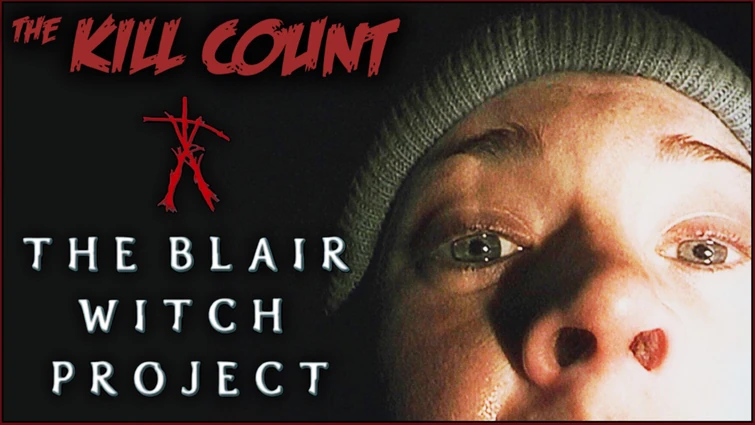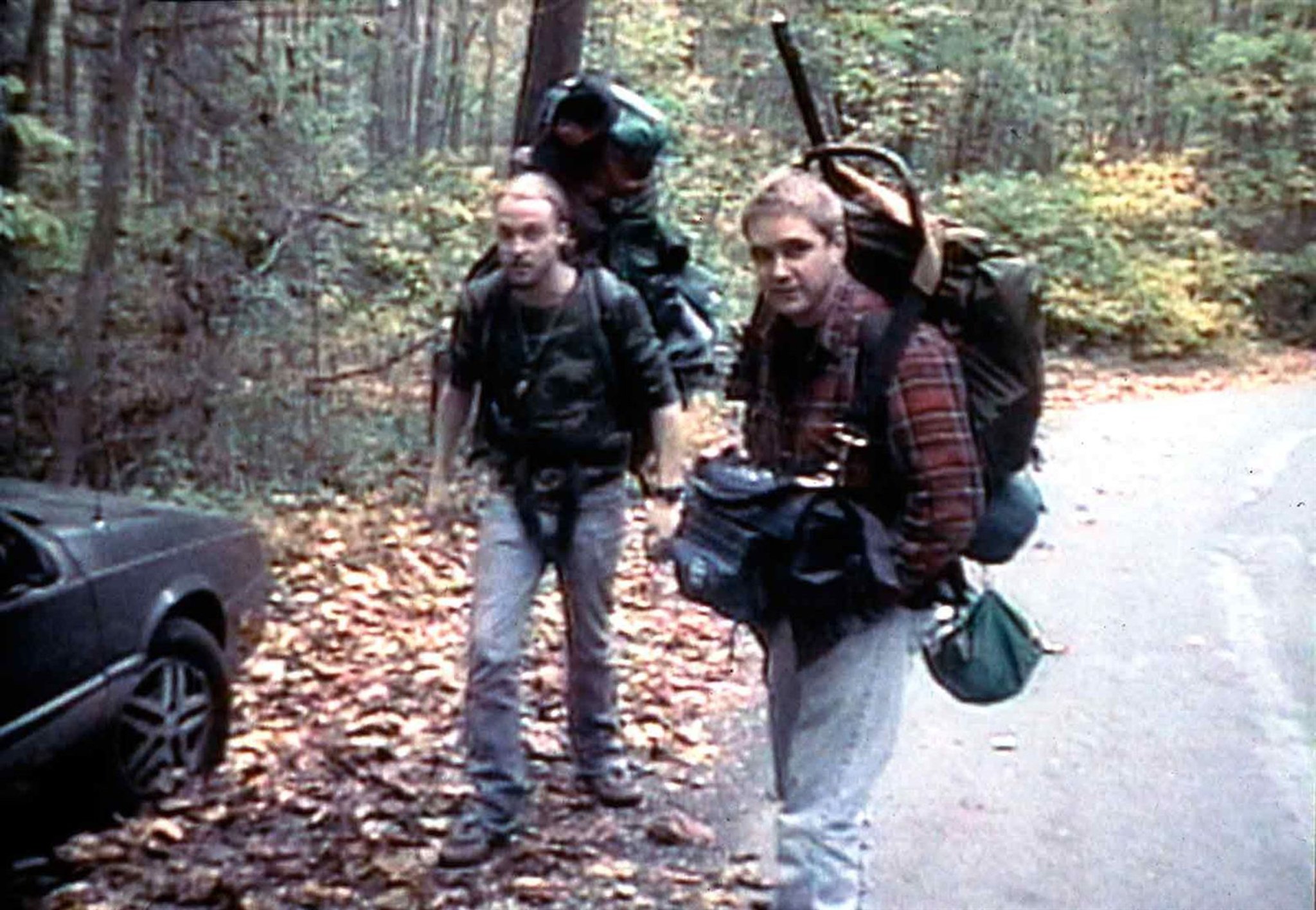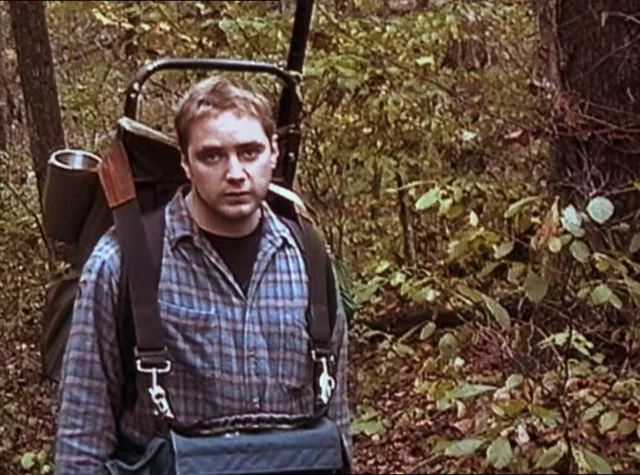The Blair Witch Project (1999)

The Blair Witch Project is a supernatural horror film released in 1999, written, directed, and edited by Daniel Myrick and Eduardo Sánchez. The film is presented as a found-footage documentary, a style that was revolutionary at the time and became highly influential in the horror genre. The story is based on the fictional account of three student filmmakers—Heather Donahue, Michael C. Williams, and Joshua Leonard—who venture into the woods of Maryland to document the legend of the Blair Witch, only to mysteriously disappear.
The plot of The Blair Witch Project is simple yet effective. Heather, Michael, and Joshua set out to create a documentary about the local legend of the Blair Witch, an evil entity said to haunt the woods near Burkittsville, Maryland. As they venture deeper into the forest, they encounter strange occurrences, including unsettling sounds, mysterious symbols, and their equipment malfunctioning. Tension builds as the group becomes lost, and they begin to fear for their lives, unsure whether the Blair Witch is real or if their minds are playing tricks on them.
What makes The Blair Witch Project stand out is its innovative use of the “found footage” technique. The film is presented as if the footage was discovered after the filmmakers’ disappearance, adding a layer of realism that enhances the horror experience. The actors, portraying themselves, improvised much of the dialogue, contributing to the raw, authentic feeling of the film. This approach allows the audience to experience the terror and confusion of the characters in real-time, making the horror feel personal and immediate.
Another key element that contributes to the film’s success is its minimalist approach to horror. Unlike many other horror films of the time, The Blair Witch Project does not rely on special effects or graphic violence to frighten viewers. Instead, the film builds suspense through subtlety and suggestion. The unknown and unseen is far more terrifying than anything shown on screen, as the characters’ fear and paranoia become contagious. The eerie sounds, the unexplained movements in the trees, and the sense of isolation create a chilling atmosphere that lingers long after the film ends.

The acting in The Blair Witch Project is another standout feature. The three leads, Donahue, Williams, and Leonard, deliver performances that are convincingly raw and emotional. The improvisational nature of the dialogue makes their fear feel genuine, and their interactions with each other—especially as their situation worsens—feel authentic. Their increasing frustration, exhaustion, and desperation are palpable, allowing the audience to fully immerse themselves in their ordeal. The film’s realistic performances make the terror feel grounded in reality, heightening the audience’s emotional connection with the characters.

The Blair Witch Project also stands out for its marketing campaign, which was groundbreaking at the time. The filmmakers blurred the line between fiction and reality, using the internet to promote the film as a real documentary about the disappearance of three filmmakers. They even created a website that presented the story as an actual unsolved mystery, making the film’s premise more believable to the audience. This marketing strategy played a major role in the film’s success, creating widespread interest and anticipation even before the film’s release.

In conclusion, The Blair Witch Project is a landmark film in the horror genre, both for its innovative filmmaking and its ability to terrify audiences with minimal resources. By using the found-footage technique, subtle scares, and realistic performances, the film created a new kind of horror experience—one that relied on atmosphere, psychological tension, and the power of suggestion. Its success not only helped popularize the found-footage genre but also proved that a low-budget film could have a huge cultural impact. The Blair Witch Project remains a pioneering work that continues to influence horror filmmaking to this day.











